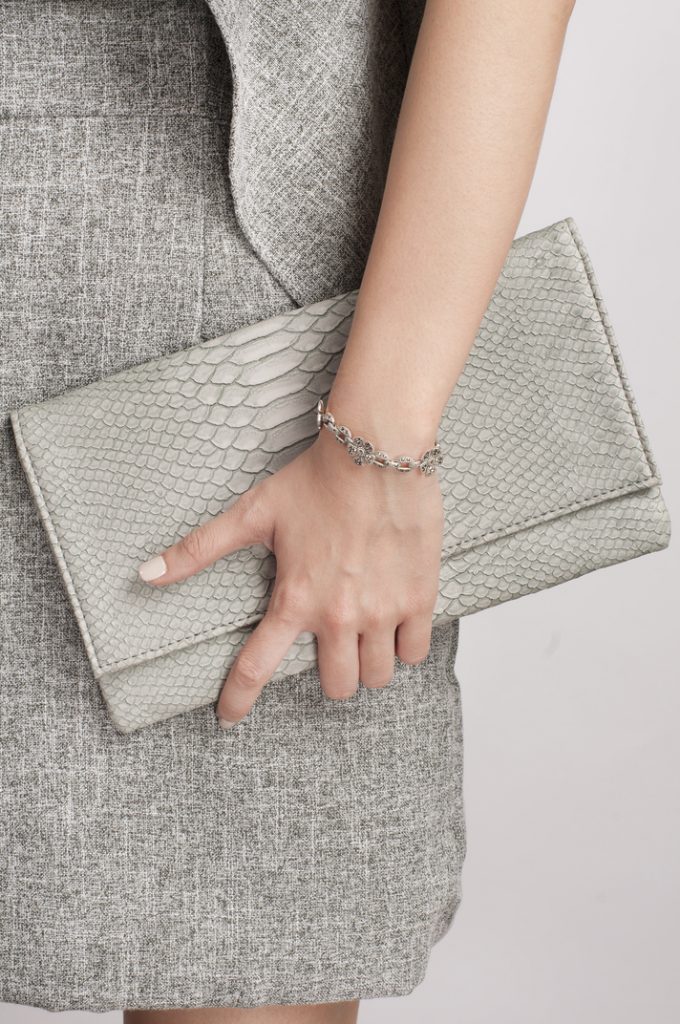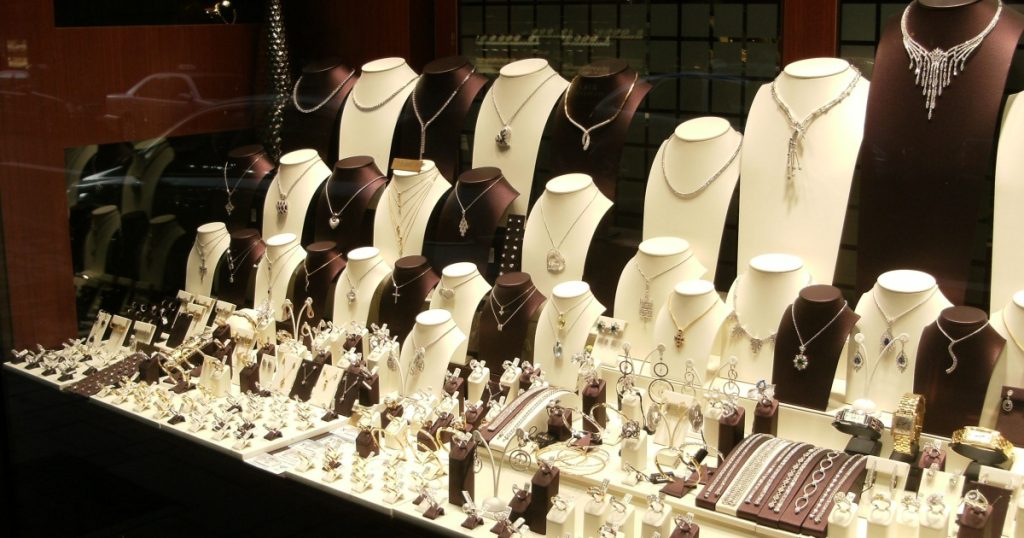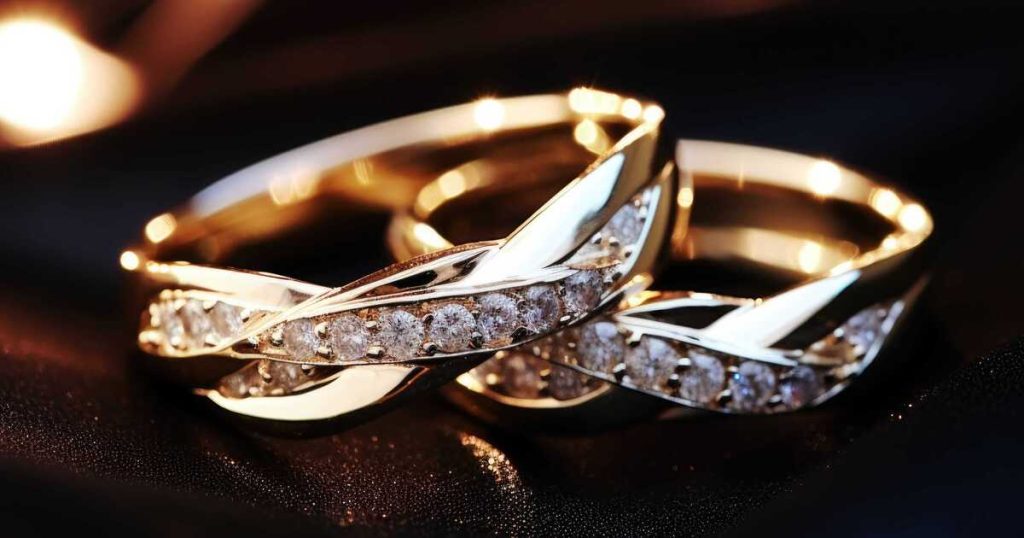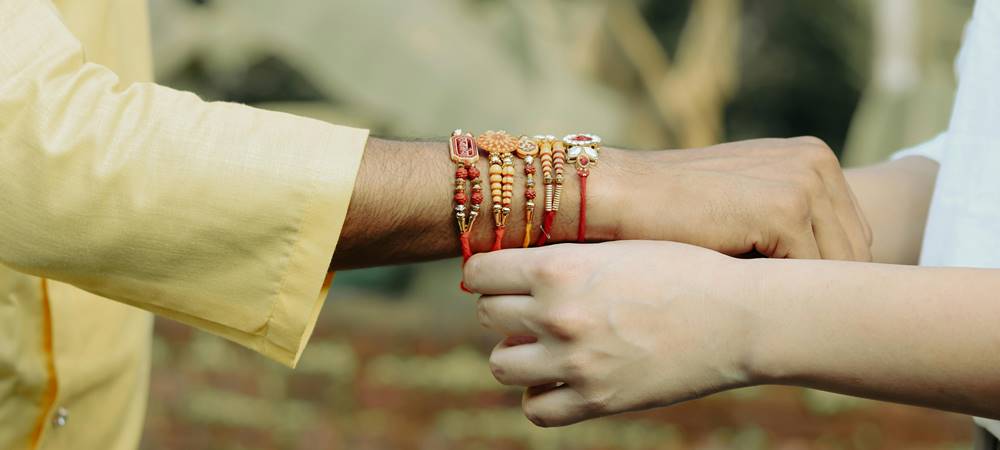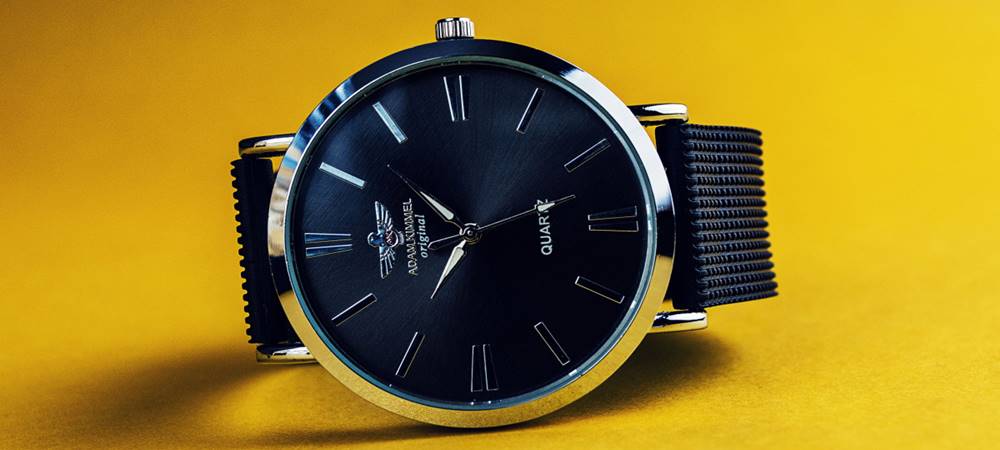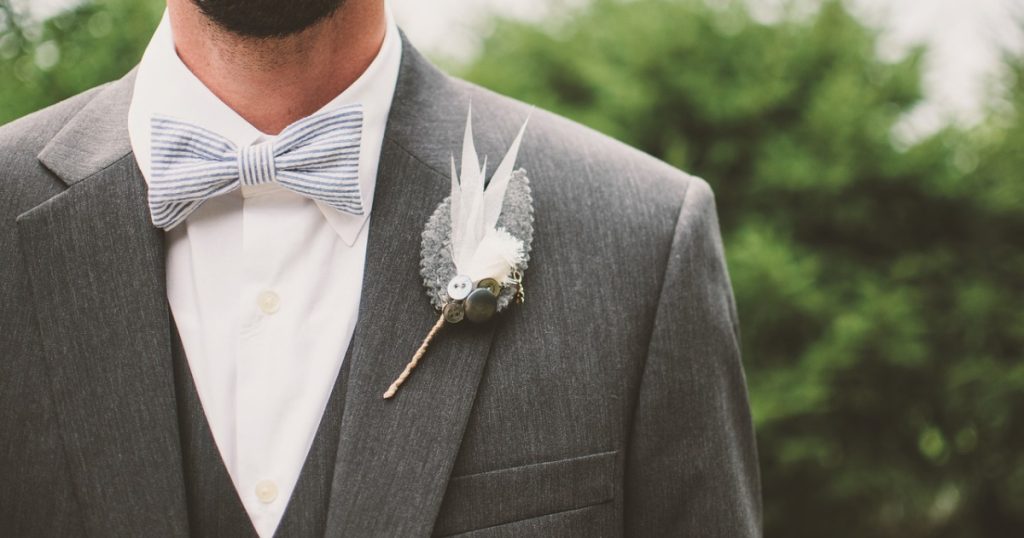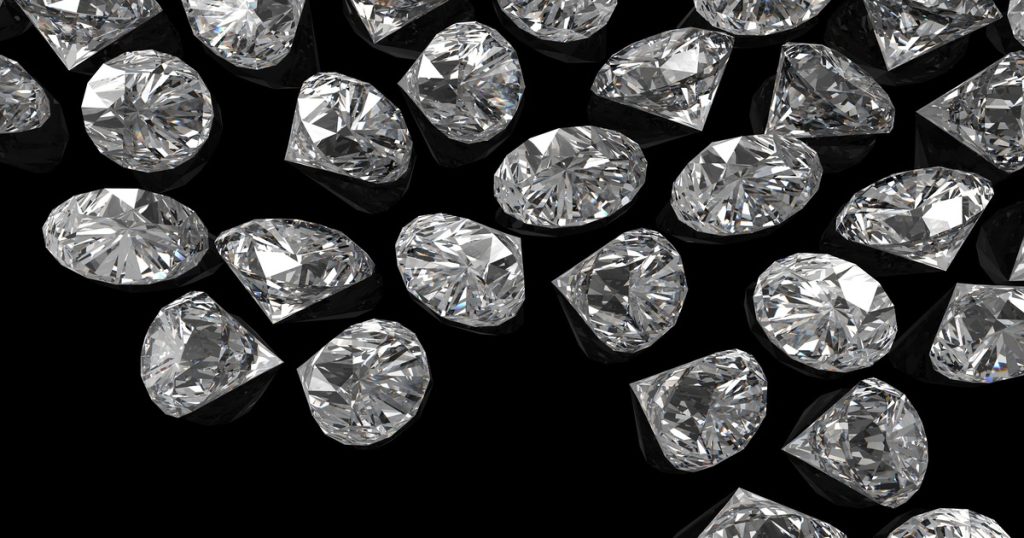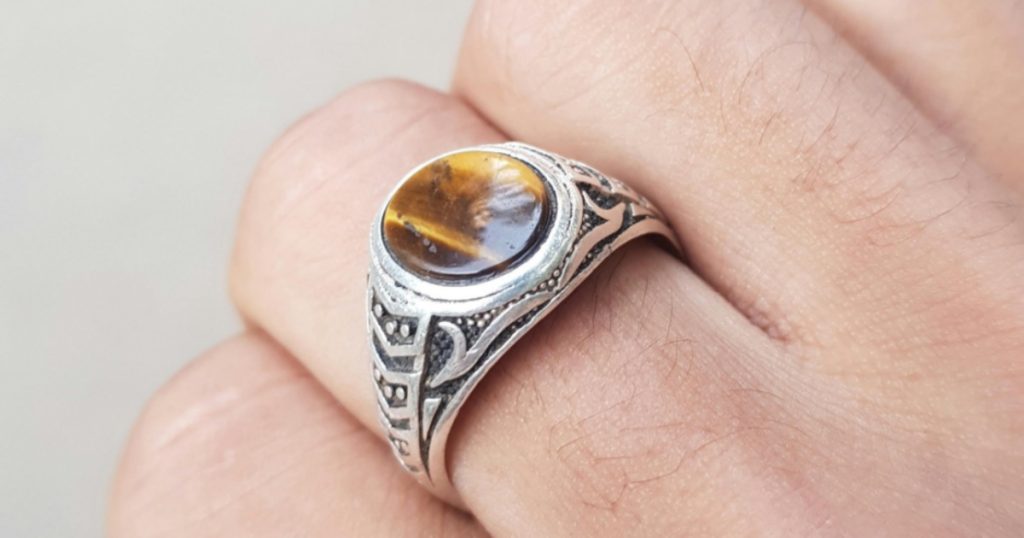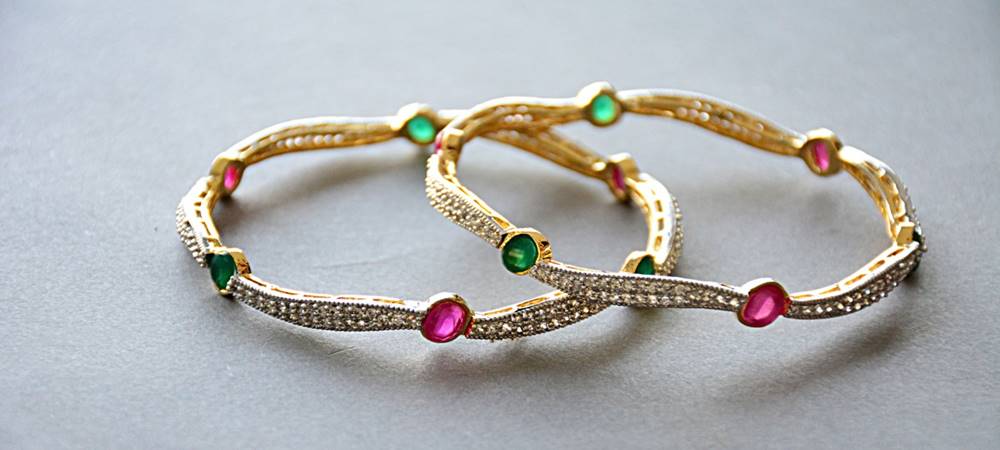Silver is gleaming, dazzling, and has that distinct metallic sheen that we all know and adore. It’s both classic and fashionable, and it’s often utilized in jewelry production. It’s a tensile metal that’s both beautiful and long-lasting. Silver is a favorite among designers and shoppers alike. Silver will almost certainly never go out of style since it has been treasured for millennia, with origins in Greece and Turkey reaching back to 3000 BC.
Pure silver is valuable, but it is too delicate to be used in jewelry. Add a little alloy to the mix, and you have sterling silver! Silverplate, fine silver, pure silver, nickel silver, and 925 silver are all options in addition to sterling silver. How do you determine which silver to buy when there are so many on the market? Isn’t all silver the same? And what is the distinction between sterling silver and 925 silver jewelry? Here’s the difference between sterling silver and 925 silver.
ARE 925 SILVER AND STERLING SILVER THE SAME?
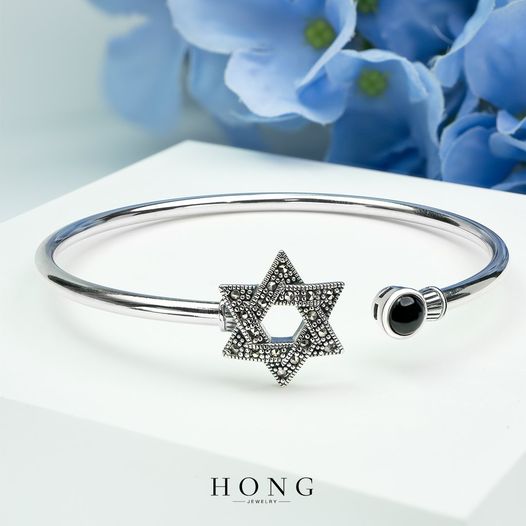
925 SILVER VS STERLING SILVER:
Sterling silver is 92.5 percent silver and 7.5 percent alloy. An alloy is essentially a blend of two (or more) periodic table elements. Sterling silver alloys can contain zinc, copper, or nickel. While the United States, Europe, and most of the globe maintain a stringent sterling silver standard of 92.5 silver to 7.5 copper or other alloys, different standards exist. Some nations, such as France, have a norm of 95%, however,
92.5 is the most prevalent. That begs the question, what exactly are 925 silvers? In the end, it’s the same as sterling silver! The sole distinction between sterling silver and 925 silver is that they are both created from the same silver alloy composition.
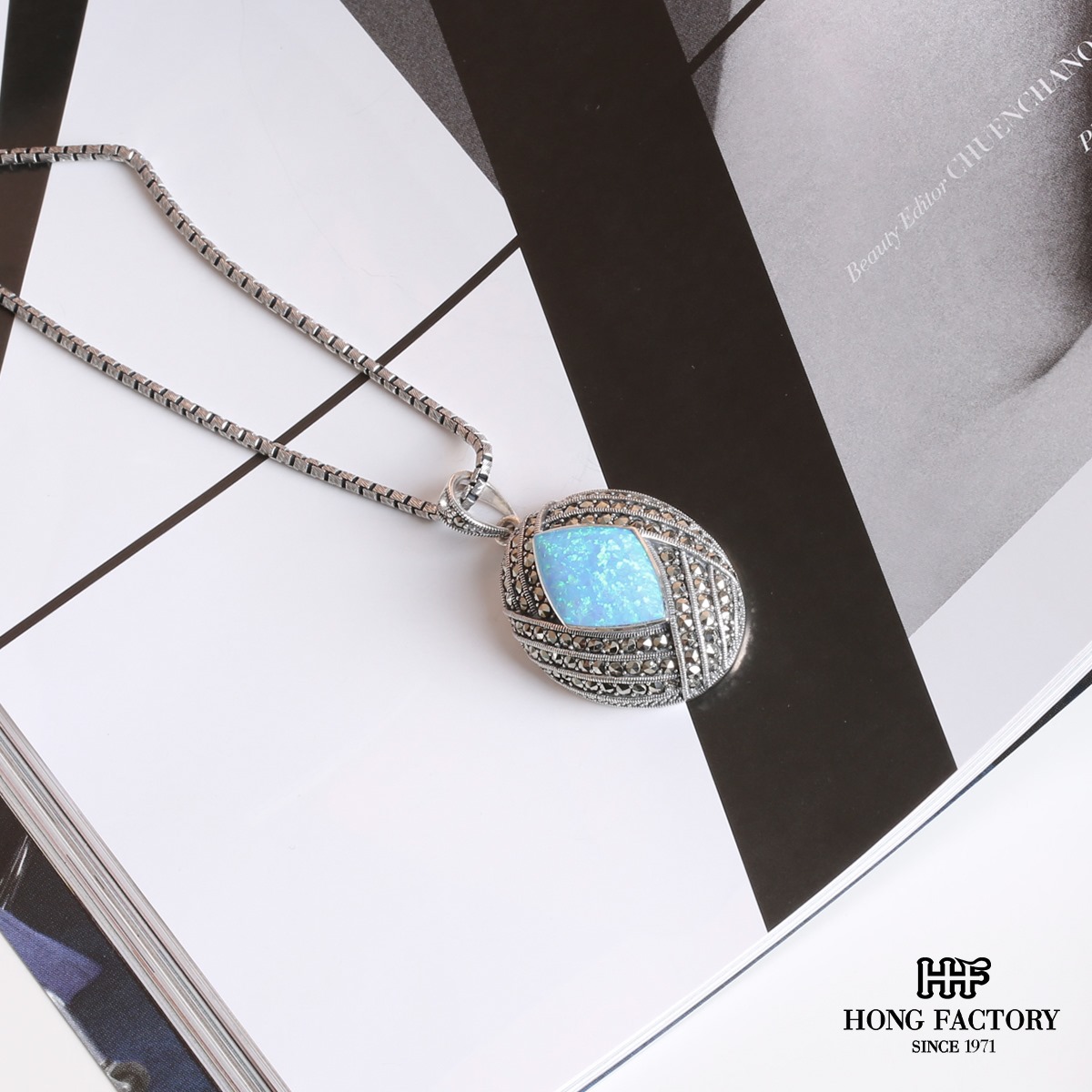
STERLING SILVER’S DURABILITY AND PURITY:
Because pure silver is delicate by nature, sterling silver necessitates the addition of additional metals. The addition of additional metals to silver enhances its hardness, making it more suited and durable for use in jewelry and housewares such as cutlery. This procedure also yields the trademark silver color as brilliant, shining, and metallic. The only disadvantage of this lovely metal is that it can tarnish, which is why it’s critical to clean and preserve sterling silver jewelry with polishers on a regular basis.
The purity of silver is determined using a numerical scale or rating system based on 1,000. The purity of silver is 999. To be designated as sterling silver, a bar of silver must have a purity of at least 92.5, sometimes known as 925. As can be seen, 925 silver is sterling silver. Metals containing less than 92.5 percent silver, on the other hand, are not sterling silver, which is vital to remember when purchasing sterling silver.
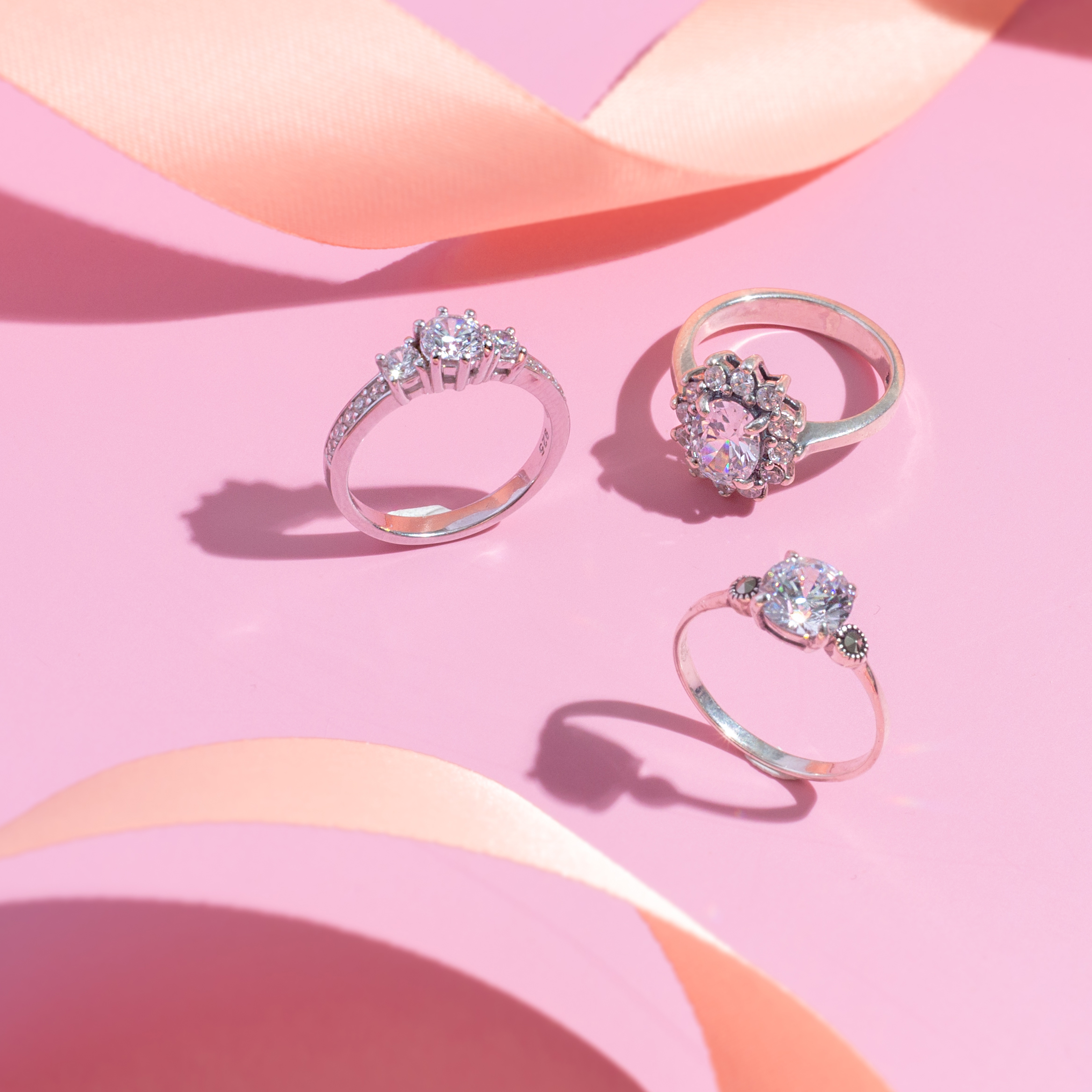
HOW TO RECOGNIZE STERLING SILVER:
The fastest method to identify sterling silver is to check for a hallmark which is a mark or stamp. The words “sterling” or “925” will be stamped or marked on certified sterling silver. You may frequently come across hallmarks labeled “STG,” “SS,” or “STER,” which are all real sterling silver notations. Remember how sterling silver and 925 silver are interchangeable? With this information, you’ll be able to tell if a piece of silver jewelry called sterling or 925 is indeed sterling silver!
WHAT TO LOOK FOR WHILE BUYING SILVER JEWELRY:
We’ve learned that there is no distinction between sterling silver and 925 silver, but the same cannot be true for other jewelry goods. To be honest, the term “silver” itself is rather complicated. In truth, this term is commonly used as a label, but silver should always be properly identified with a hallmark indicating its standard grade and quality. 925 SILVER
Keeping this in mind, always seek for the hallmark, since jewelers and craftspeople are required by law to stamp their works for possible purchasers. If you’re not seeing a mark, go somewhere else. That’s not worth purchasing a low-quality metal masked with a sterling silver coating, which eventually wears off, looks cheap, and can cause skin discomfort. While 925 SILVER
inexpensive metals may irritate the skin and cause allergic responses, sterling silver is an excellent choice for people with sensitive skin. Infections can be caused by inexpensive metals such as nickel or brass, especially when used as earrings. Sterling silver, often known as 925 silvers, is hypoallergenic, high quality, fashionable, and secure. That makes us wonder, who doesn’t adore silver?
